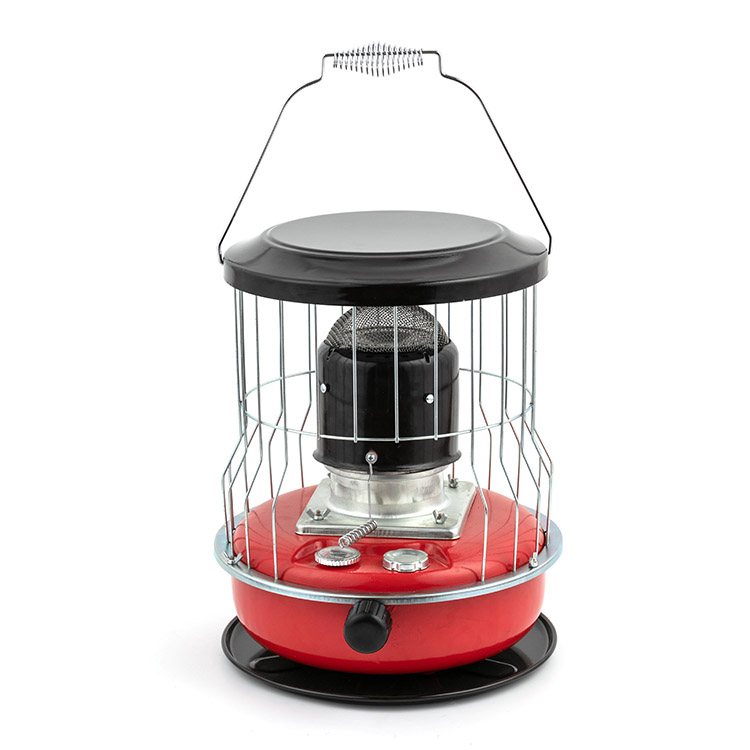When we use kerosene heaters in winter, "whether we can sleep in the room where it is running" is the core issue that users are concerned about. From a safety perspective, this practice has multiple risks and needs to be treated with caution and protective measures.

Carbon monoxide poisoning is the primary hidden danger. If there is insufficient oxygen supply when kerosene is burned, a large amount of carbon monoxide (CO) will be produced. It is colorless, odorless and extremely toxic. When the concentration in the air reaches 0.04%, it can cause poisoning in 2 hours. In a closed bedroom, an incompletely burned kerosene heater (power 2000W) can cause the CO concentration to exceed the standard by more than 10 times in 8 hours, causing headaches, coma and even death. Data shows that CO poisoning accidents caused by improper use of kerosene heaters account for 35% of the total number of heating accidents every winter.
The risk of fire cannot be ignored. The surface temperature of kerosene heaters can reach more than 300℃. If the distance from combustibles such as sheets and clothing is less than 50cm, it is easy to cause a fire. The human body reacts slowly during sleep. Once an object is ignited, the fire spreads three times faster than when awake, and the difficulty of escape increases significantly. In addition, low-quality kerosene heaters may have fuel leakage problems, and the volatile kerosene vapor will explode when exposed to open flames.
Proper use can reduce the risk. If you must sleep in a room with a kerosene heater, you must do the "three musts": you must keep the windows open for ventilation (the gap width is ≥5cm) and change the air 2-3 times per hour; you must use a heater with a CO alarm function (alarm concentration ≤0.02%) and place it in an open space more than 1.5 meters away from the bed; you must use high-quality kerosene (purity ≥95%) to avoid the combustion of impurities to produce harmful gases.
Special groups must be absolutely prohibited. Infants, the elderly and patients with respiratory diseases have a lower tolerance to CO, and even low concentrations may cause serious consequences. It is strictly forbidden to use kerosene heaters at night in the rooms where such people live. Recommended alternatives: Use electric heaters (with overheat protection) or install chimney-type kerosene heaters to discharge exhaust gas outdoors.
Core principle of safe use: When unattended (including sleeping), kerosene heaters should be turned off. Only through scientific prevention and risk avoidance can heating equipment both play a role and ensure residential safety.





